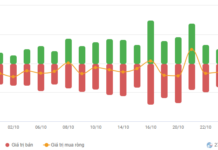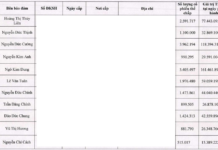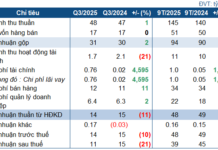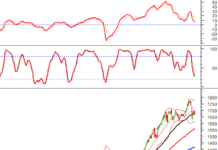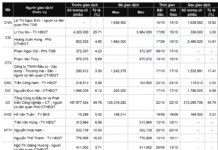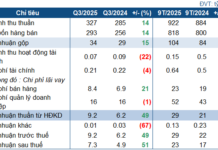Vietnam’s Economy Exhibits Resilience, Posting Impressive Growth in Q1 2024
In the first quarter of 2024, Vietnam’s economy demonstrated remarkable resilience and strength, recording an impressive 5.66% GDP growth rate year-on-year.
This exceptional performance outpaced the country’s growth rates observed in the first quarters of 2020-2023, signaling a robust economic recovery amidst global challenges. Key drivers of this growth included a thriving manufacturing sector and a remarkable rebound in tourism.
Manufacturing Might
The manufacturing and processing industries emerged as the engines of growth for Vietnam’s economy, expanding by a significant 6.98% and contributing 1.73 percentage points to overall GDP growth. Factors underpinning this stellar performance include rising domestic consumption, increased foreign investment, and burgeoning export demand.
The industrial production index painted a vibrant picture of this manufacturing boom, with 54 out of 63 provinces reporting year-on-year increases. Additionally, the inventory index for the manufacturing sector soared by 14.1% compared to the same period last year, reflecting robust demand for goods.
In the first quarter of 2024, the consumption index of the entire processing and manufacturing industry increased by 8.2% compared to the corresponding period in 2023, further highlighting the sector’s robust performance.
Tourism Resurgence
After years of pandemic-induced challenges, Vietnam’s tourism industry staged a remarkable comeback, contributing significantly to the nation’s economic resurgence. International visitor arrivals surged by an impressive 72% compared to the same period last year, even surpassing pre-pandemic levels by 3.2%.
Trade Surplus and Export Strength
Vietnam’s trade performance further bolstered its economic fortunes, with total import and export turnover reaching $178.04 billion, reflecting a 15.5% year-on-year increase. Exports surged by an impressive 17%, driven by robust demand for Vietnamese goods, particularly processed industrial products.
Notably, the country’s trade balance recorded a surplus of $8.08 billion, a testament to the competitiveness of Vietnamese exports and the effectiveness of domestic production.
The domestic economic sector contributed $25.21 billion to total export turnover, a 26.2% increase, while the foreign-invested sector accounted for $67.85 billion, a 13.9% rise.
Domestic Consumption Drives Growth
Domestic consumption played a crucial role in Vietnam’s economic resurgence, contributing 56.77% to overall growth. Retail sales of consumer goods and services saw a strong 8.2% year-on-year increase, underscoring the strength of consumer demand within the country.
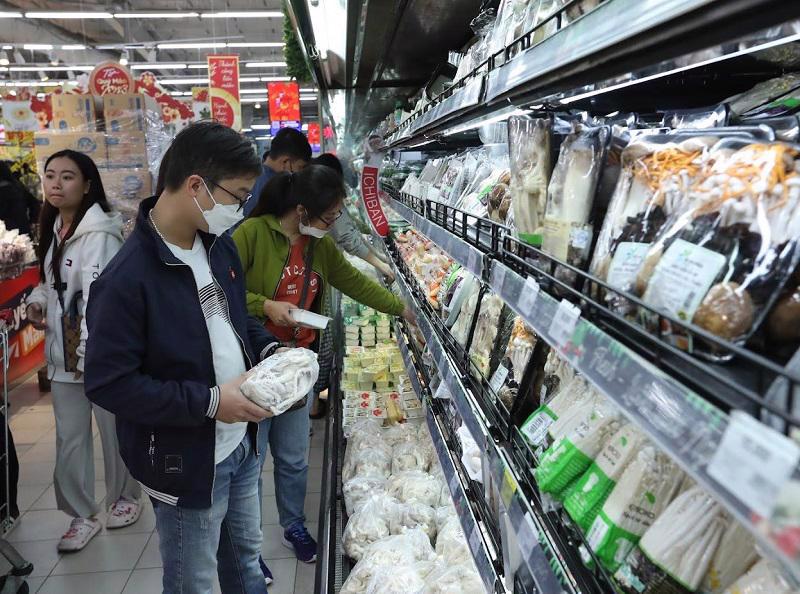
Primary Sectors Provide Steady Support to GDP Growth
While the agriculture, forestry, and fishery sectors exhibited moderate growth, their contributions to overall GDP growth were noteworthy. The agriculture sector increased by 2.81%, contributing 0.26 percentage points; the forestry sector grew by 4.08%, contributing 0.02 percentage points; and the fisheries sector expanded by 3.46%, contributing 0.08 percentage points.
Inflationary Pressures
Despite the impressive economic performance, Vietnam faced inflationary pressures, with the consumer price index (CPI) rising 3.77% year-on-year in the first quarter of 2024.
Investment Inflows Bolster Growth Momentum
Investment played a crucial role in Vietnam’s economic growth, with realized social investment capital reaching USD 24.56 billion, a 5.2% year-on-year increase. Foreign direct investment (FDI) also contributed significantly, with FDI capital realized in Vietnam reaching $4.63 billion, a 7.1% year-on-year increase.
Moderated Credit Growth, Booming Stock Market
There were mixed developments in the banking and financial sectors. Capital mobilization by credit institutions decreased by 0.76% compared to the end of 2023, while the economy’s credit growth reached 0.26%. Additionally, the stock market witnessed a surge in trading activity, with the average transaction value increasing by 28.2% compared to 2023.
Robust Revenue Growth, Controlled Spending
Regarding the government’s fiscal performance, total state budget revenue in the first quarter of 2024 reached 31.7% of the yearly estimate and was up 9.8% over the same period last year. Meanwhile, total state budget expenditure was equal to 18.6% of the yearly estimate and an 8.3% increase over the same period last year.





